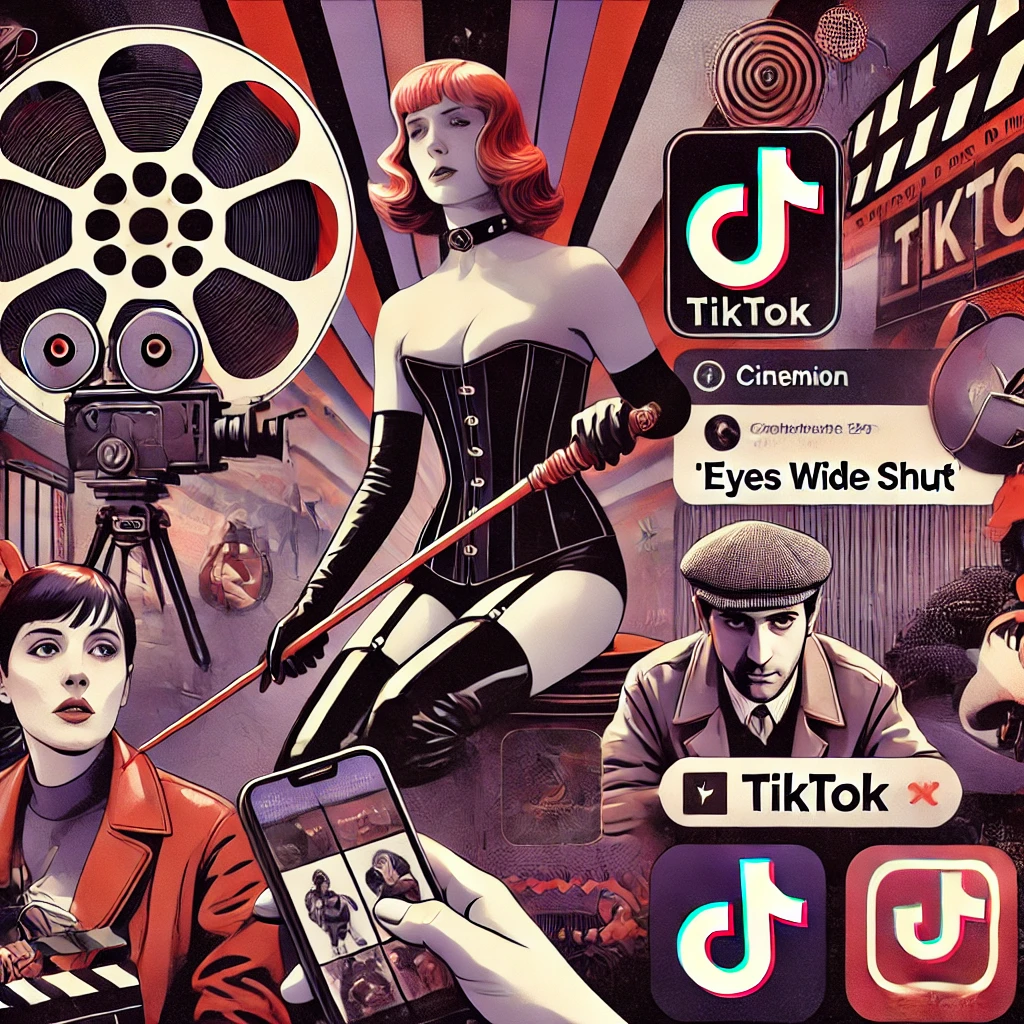Introduction
From the silver screen to social media feeds, media has long played a pivotal role in shaping societal norms and personal desires. In recent decades, there’s been a noticeable shift: fetishes and kinks, once relegated to the shadows, are now basking in the limelight. This transformation prompts a deeper look into how media influences our fantasies and normalises previously niche sexual interests.Time
The Cinematic Catalyst
Cinema has historically been a mirror reflecting societal attitudes towards sexuality. Films like 9½ Weeks and Eyes Wide Shut introduced audiences to the allure of BDSM and erotic exploration. More recently, the Fifty Shades franchise brought BDSM themes to mainstream audiences, sparking widespread discussions and curiosity. These portrayals have not only entertained but also educated viewers, challenging preconceived notions and encouraging open-mindedness.UC Research Berkeley BDSM in Culture and Media
Television’s Role in Normalising Kinks
Television, with its vast reach, has been instrumental in bringing alternative sexual themes to everyday conversations. Series like Sex Education and Bonding delve into topics like dominance, submission, and other kinks, presenting them with nuance and sensitivity. By integrating these themes into relatable narratives, TV shows have demystified fetishes, making them more approachable and less taboo.Glamour.com
The Digital Age: Social Media and the Rise of Fetish Communities
The advent of the internet and social media platforms has revolutionised how individuals explore and express their sexual identities. Platforms like Twitter, Reddit, and TikTok have become hubs for fetish communities, offering spaces for education, discussion, and connection. For instance, foot fetishism has seen a surge in visibility, with platforms like WikiFeet ranking celebrity feet and attracting millions of monthly views . This digital exposure has played a significant role in normalising and destigmatising various kinks.The Guardian
The Double-Edged Sword: Representation vs. Misrepresentation
While media has been pivotal in bringing fetishes to the forefront, it’s essential to approach portrayals critically. Sensationalised or inaccurate representations can perpetuate misconceptions. For example, while Fifty Shades introduced BDSM to a broader audience, it faced criticism for misrepresenting the dynamics of consent and safety inherent in real-life BDSM practices. It’s crucial for media to balance intrigue with responsibility, ensuring that portrayals are both engaging and accurate.
Conclusion
Media’s influence on our perceptions of sexuality is undeniable. By bringing fetishes and kinks into mainstream narratives, it has fostered greater acceptance and understanding. However, with this power comes the responsibility to portray these themes authentically and respectfully. As consumers, staying informed and critical ensures that our fantasies are shaped by truth as much as by titillation.Women in refrigerators
For more insights into the evolving landscape of sexuality and media, visit the Domin8trix Blog or explore our platform at Domin8trix.




0 Comments